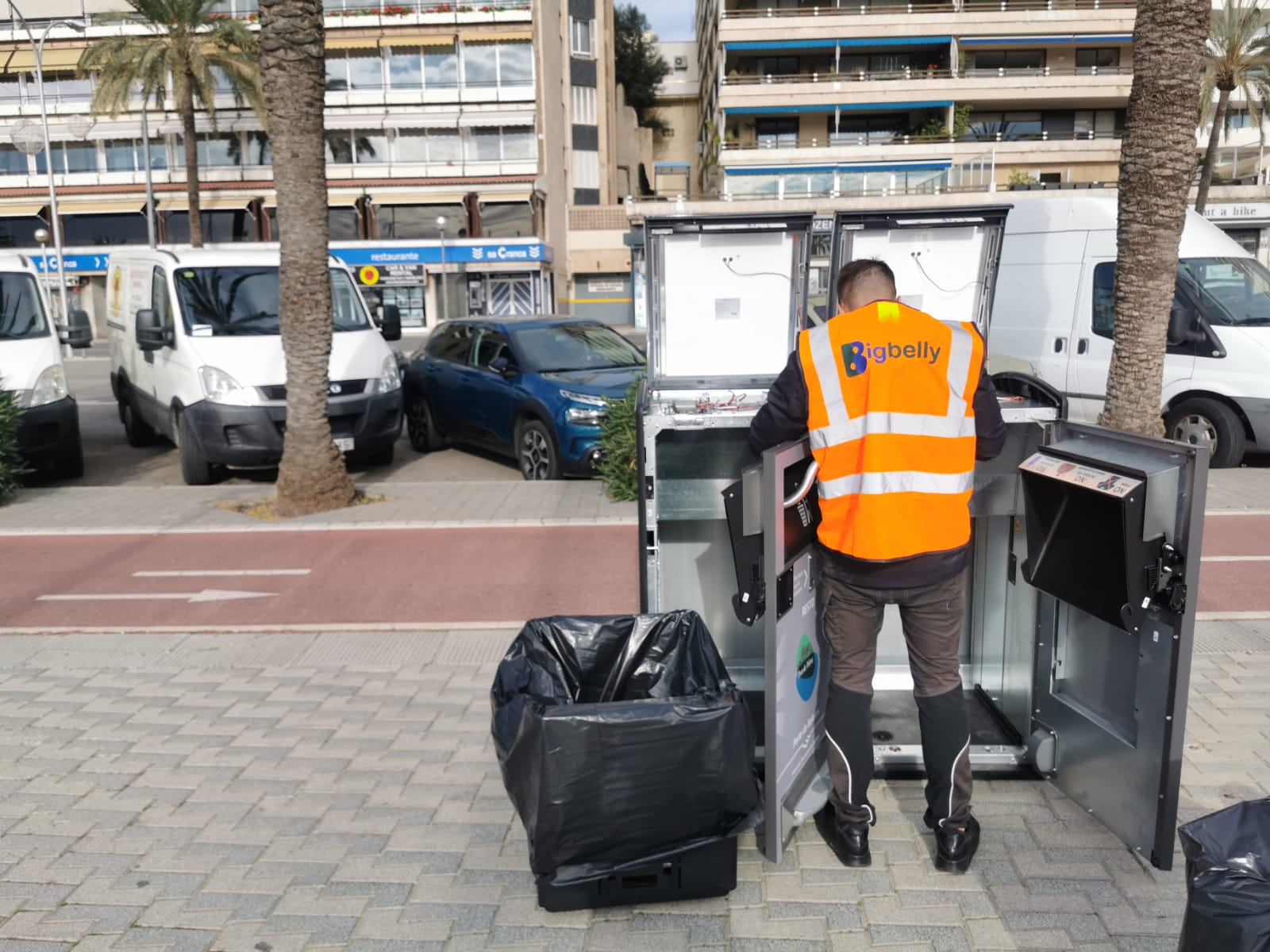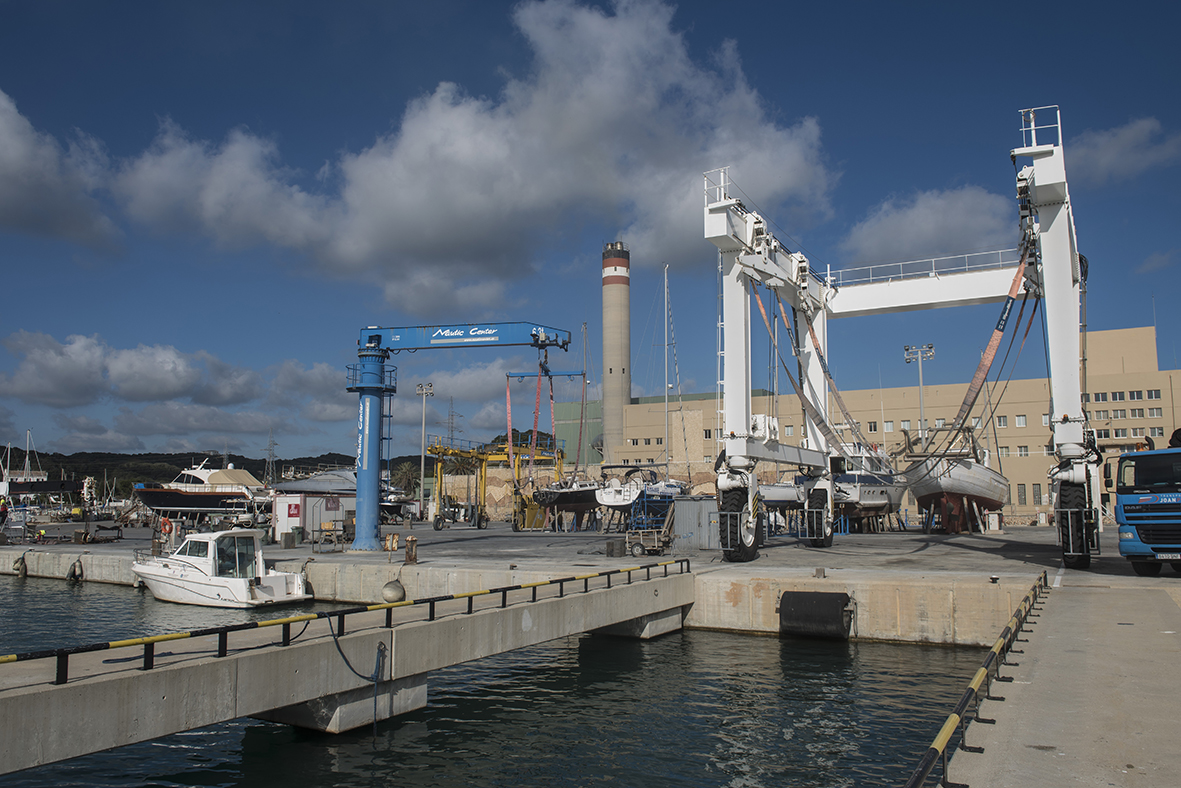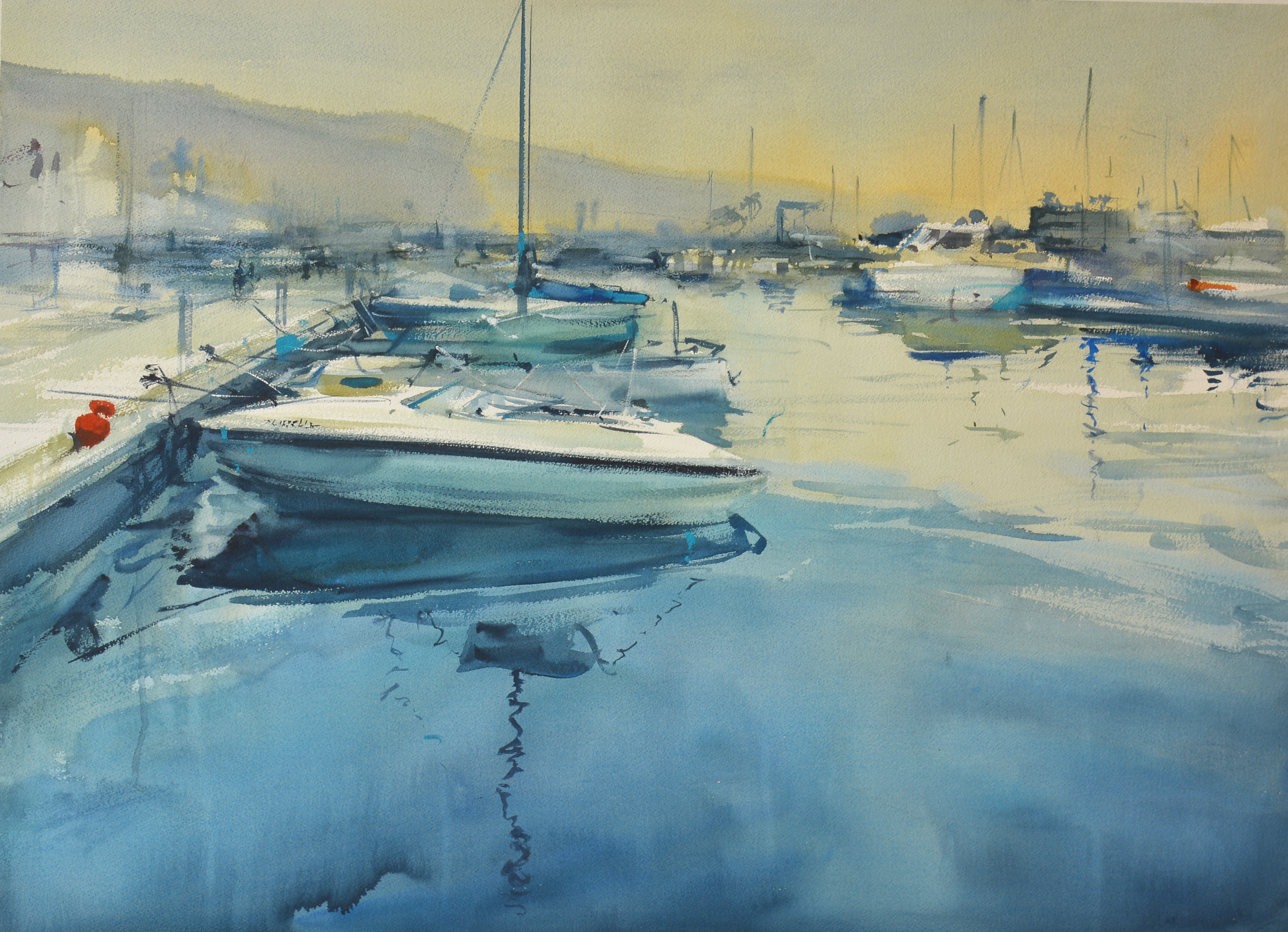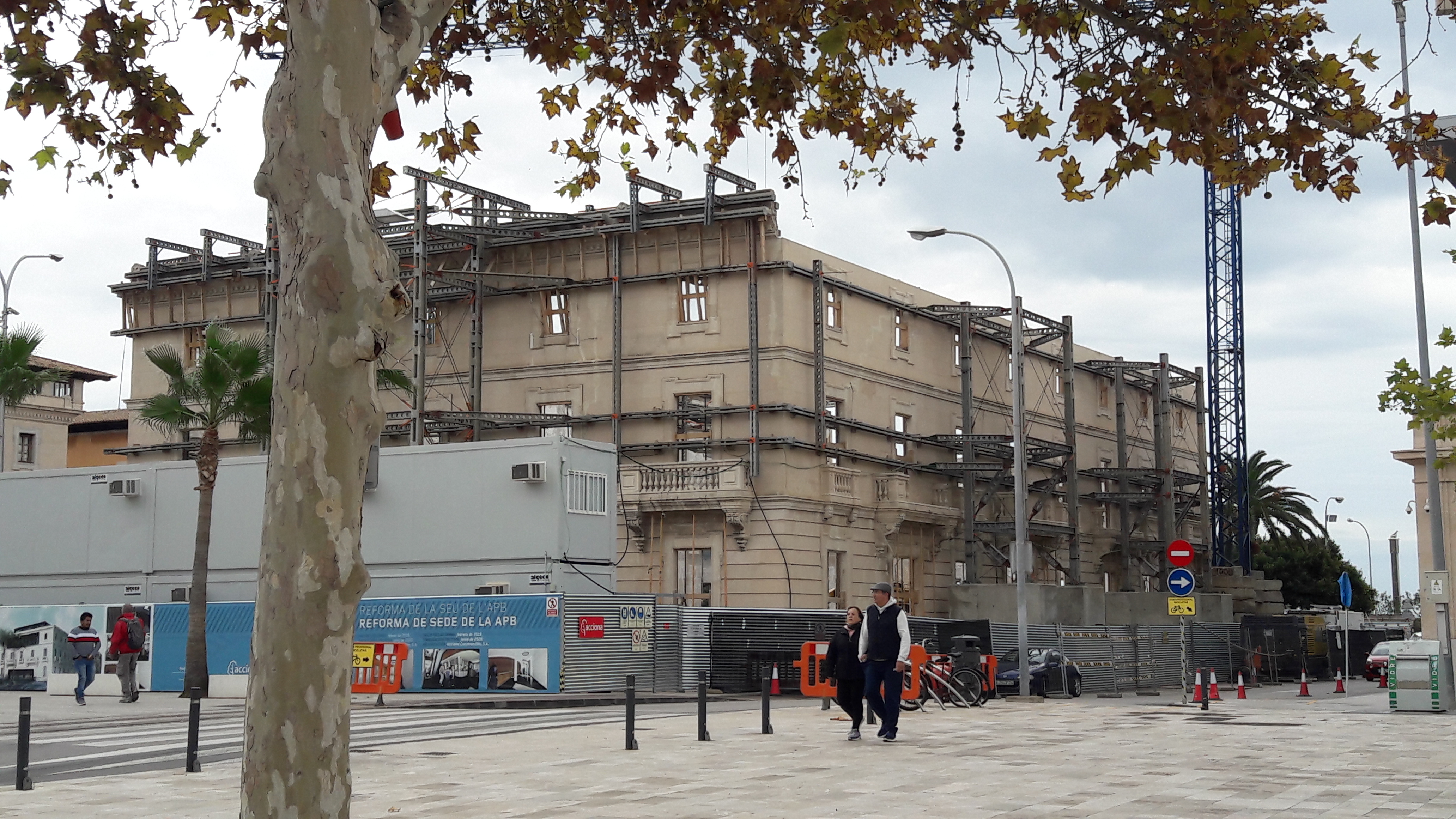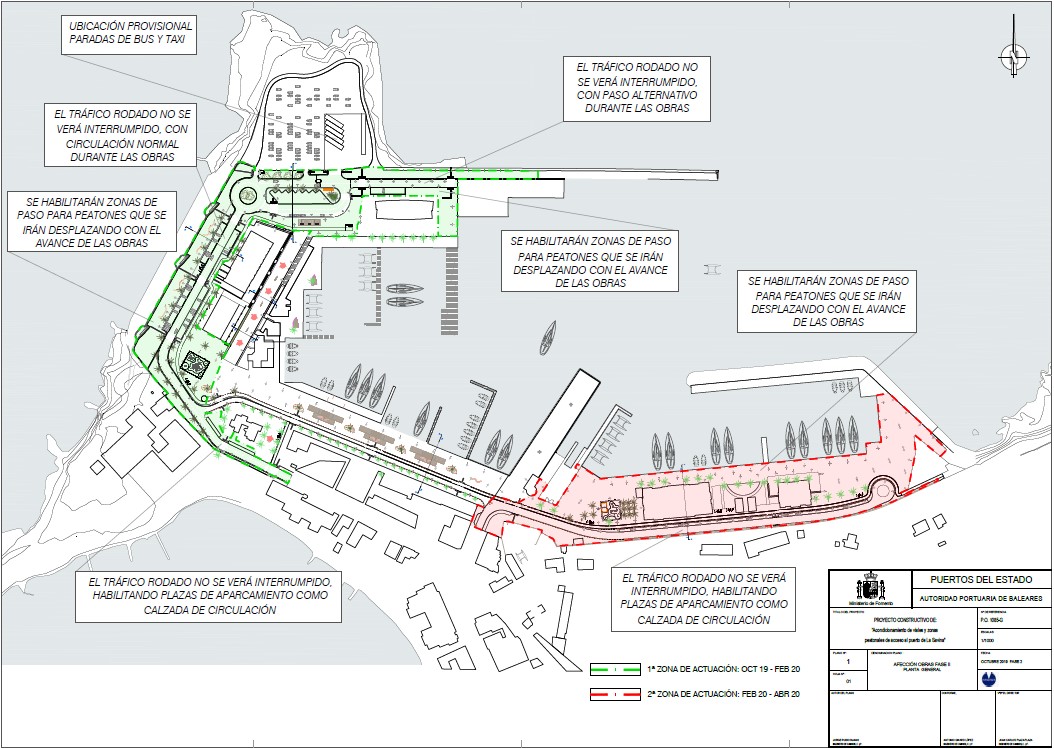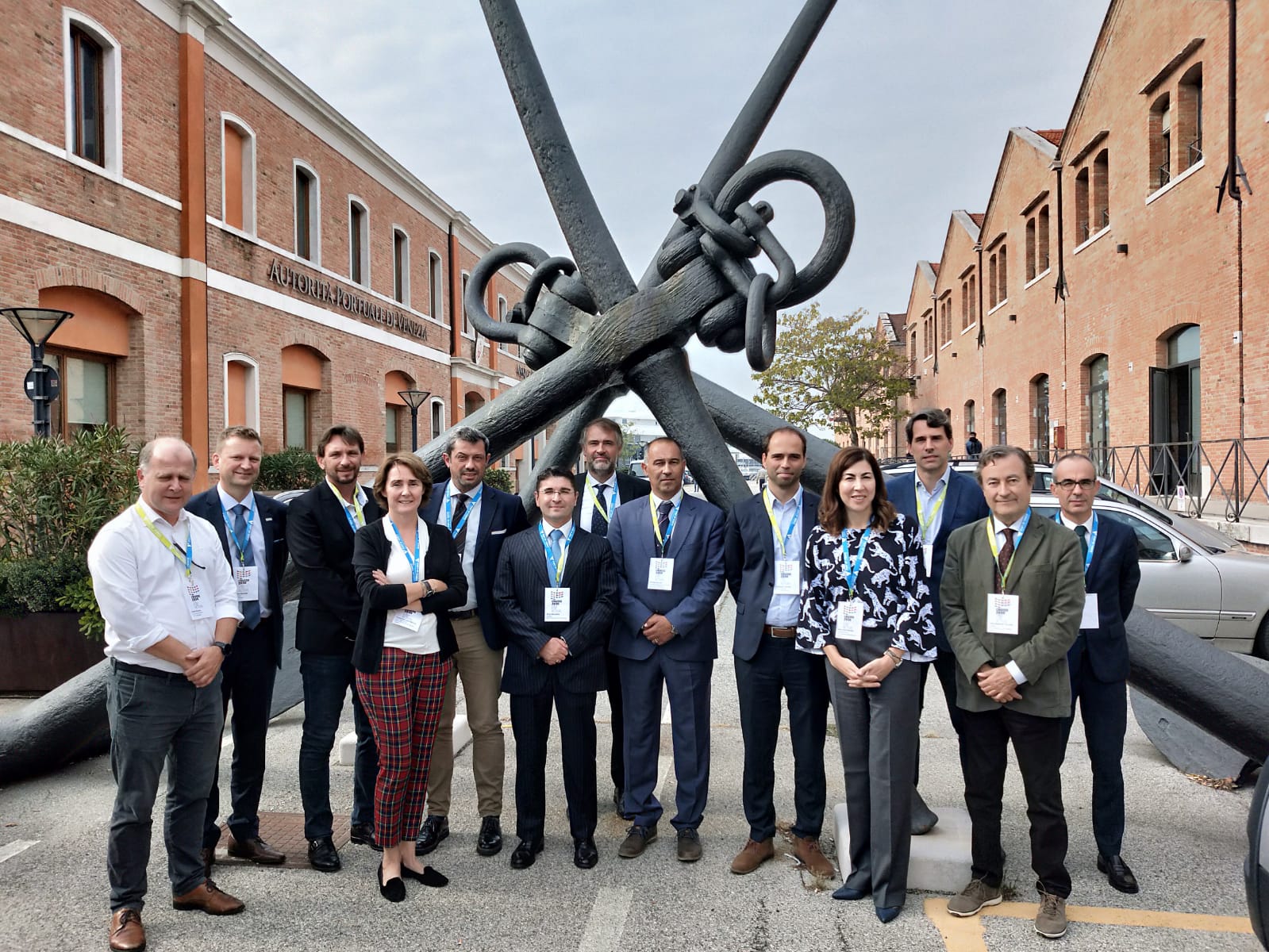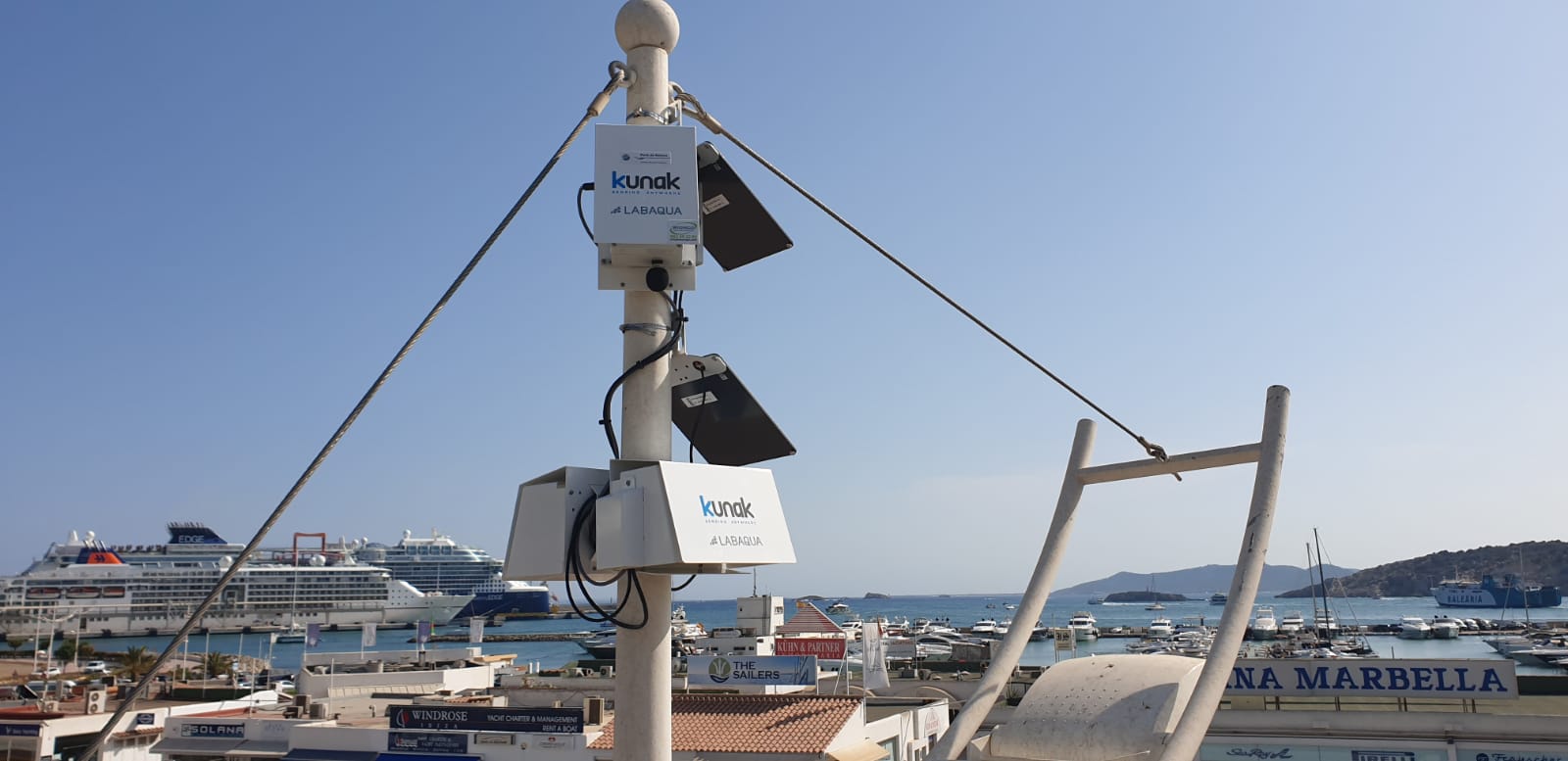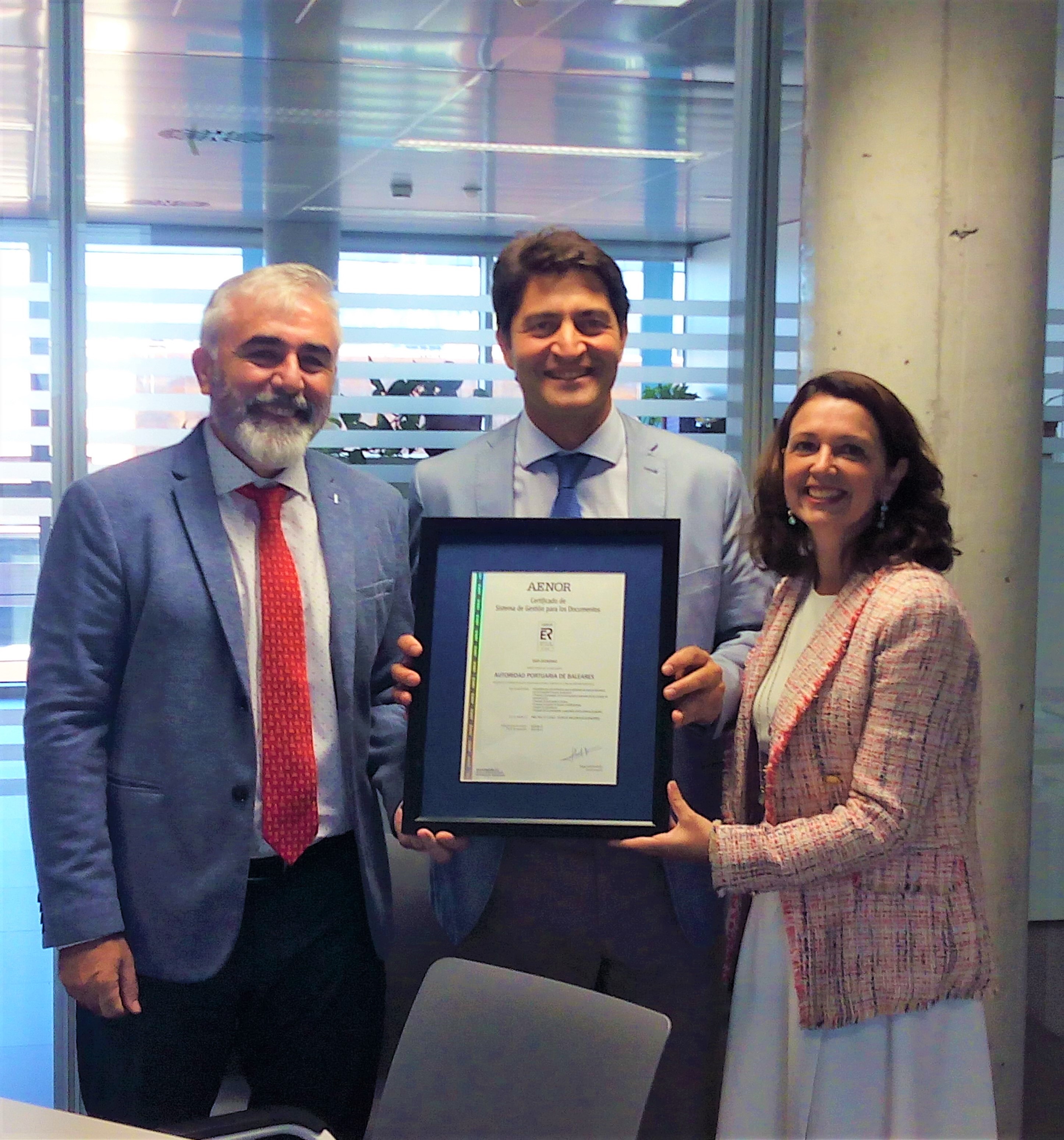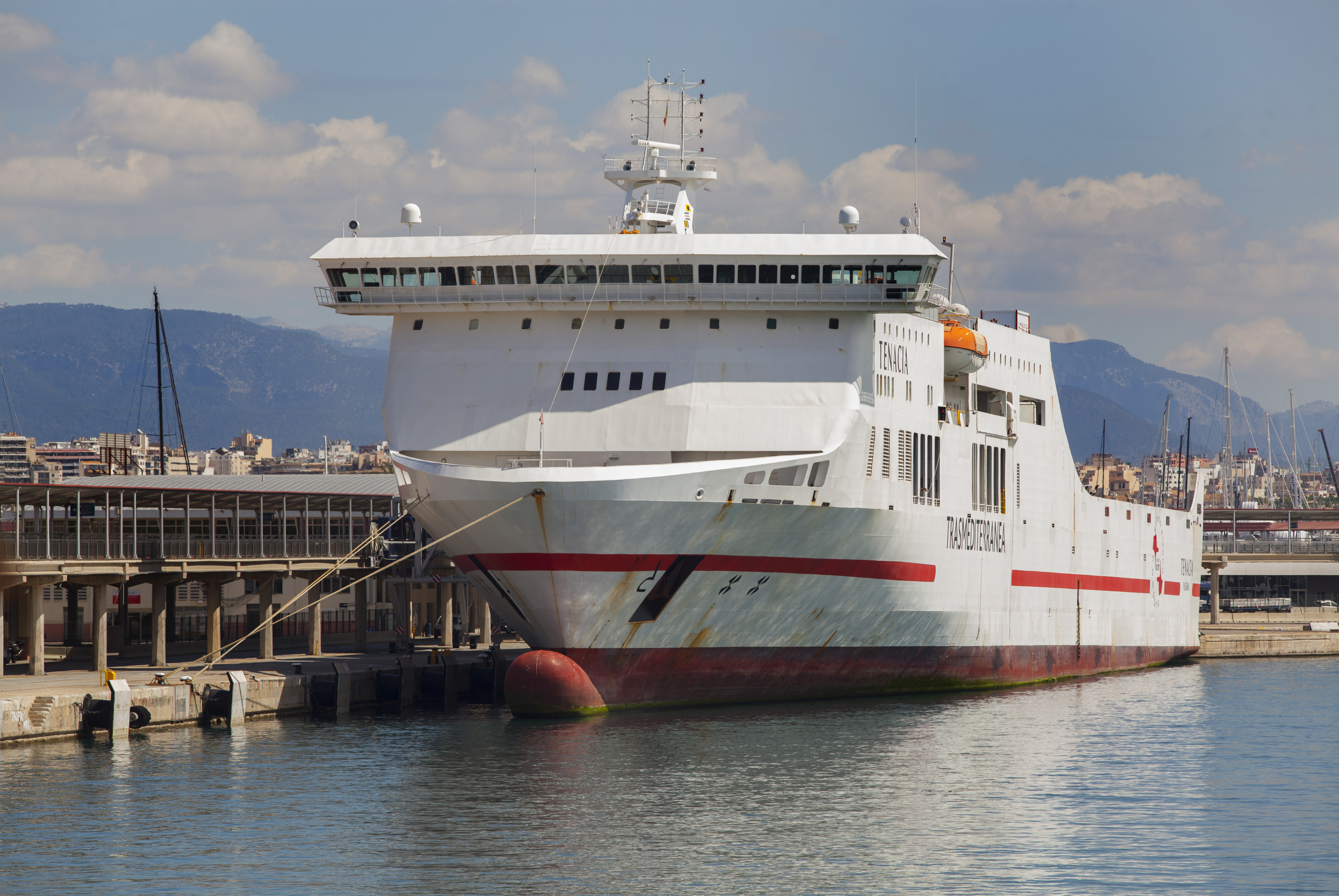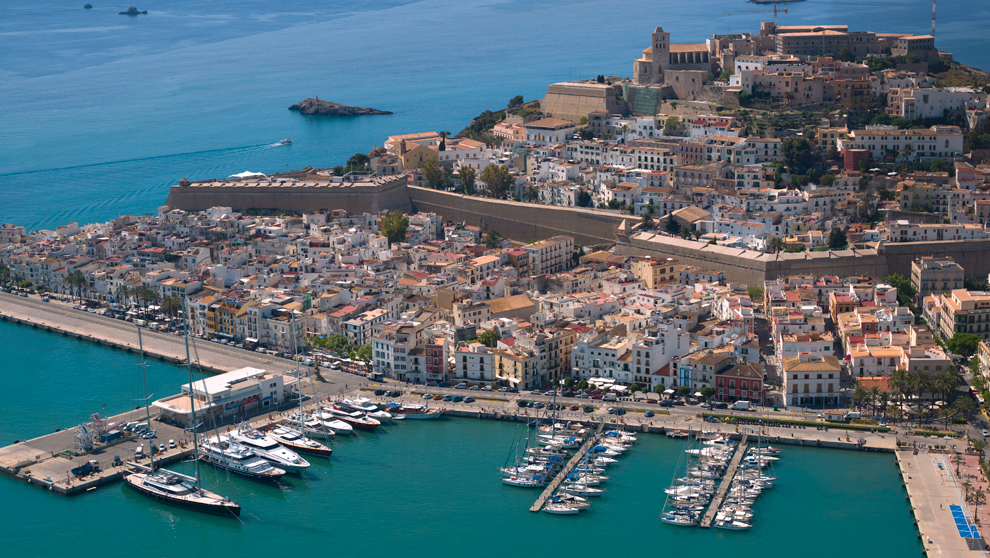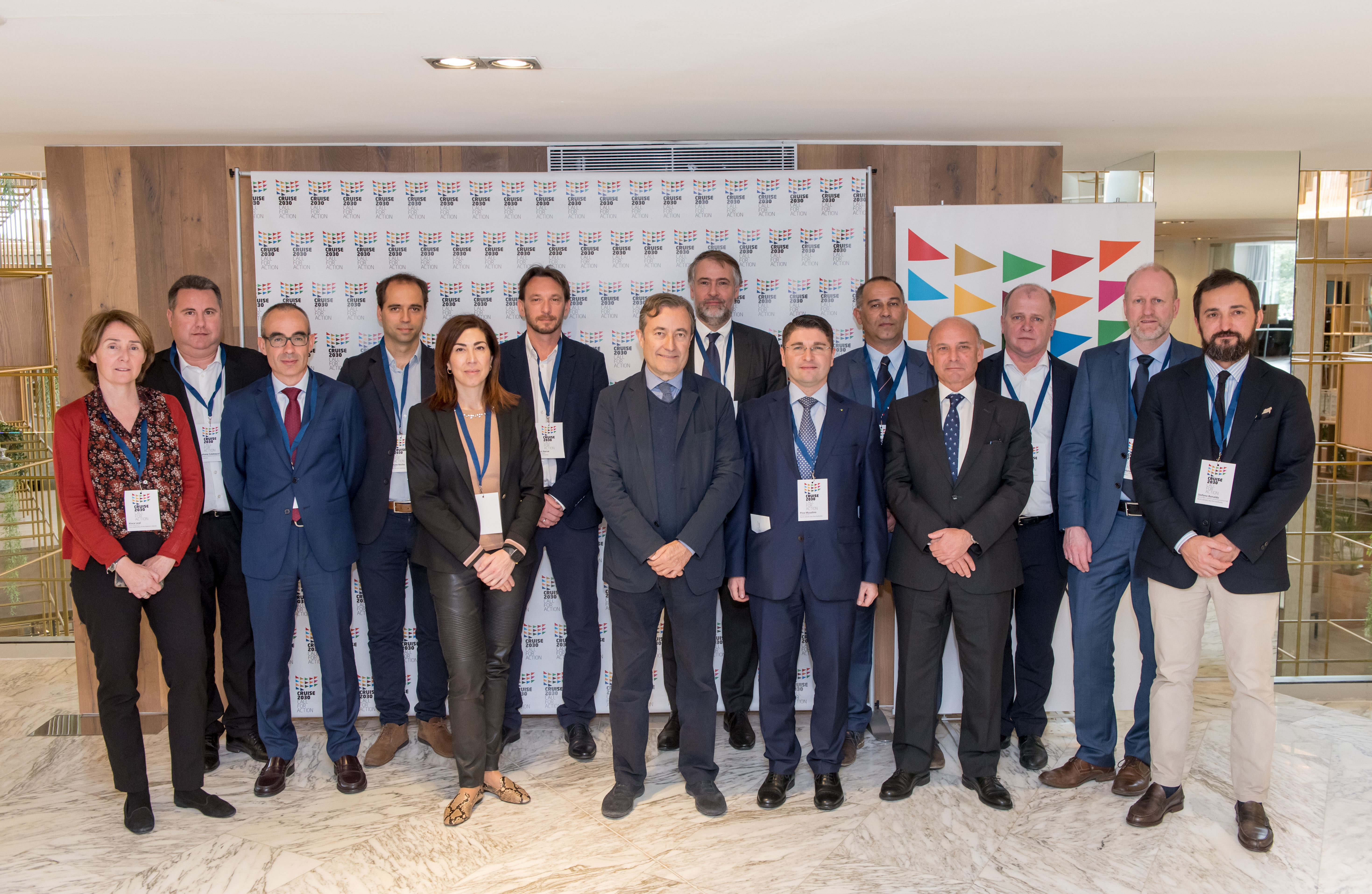
The Cruise 2030 Working Group commits to finding the best possible balance for ports, destinations, and cruise companies, to guarantee the future of the cruise industry in Europe. The next meeting will be held in Cannes in June 2020
07/02/2020Following on from the inaugural meeting held in Venice last October, today the Cruise 2030 Working Group met in Palma de Mallorca. Delegations from eight of Europe’s main cruise destinations, including Amsterdam, Bergen, Cannes, Dubrovnik, Malaga, Marseille, Palma de Mallorca, and Venice met to formalise their support for the "CRUISE 2030 CALL FOR ACTION" initiative promoted by the Port of Venice. The Cruise 2030 Working Group agreed collectively, that the main objective of the "CRUISE 2030 CALL FOR ACTION" must be to define common strategies whereby each port can find ways to support sustainable development of the cruise industry within their regions, whilst taking into account the needs not only of the cruise industry, but also the environment, and the port itself. Today's session presented the conclusions of the study Towards a New Balance for Ports, Destinations, and the Cruise Industry. This study was conducted by the North Adriatic Sea Port Authority, with outcomes based on analysis carried out in eight different European ports. The study, which highlights the growth of cruise tourism in recent years, within the global context of the general increase in tourism worldwide, recognises that there may be non-positive consequences on a local level, such as environmental impact, and pressure caused by large numbers of tourists to the destination and historical centres, and acknowledges the future of the cruise industry depends on its ability to find a way to guarantee the best possible balance for destinations, ports, and cruise companies. Many topics were discussed, the most significant points being: Delivery of economic initiatives which outline suggestions for cruise companies to enable reductions to environmental impact at individual ports. Some of the environmental measures adopted by port authorities include favoring onshore power supply, 0.1% SOx, LNG fuel, closed-loop scrubbers, involvement of the whole tourism chain, reducing speed of ships and local compensation for the environmental footprint. Decision to postpone the inclusion of new international ports in the Cruise 2030 Working Group. · The main aim, in the long run, is to define the standards of a sustainable cruise industry, which takes into account all the different needs of the various stakeholders involved. Particular attention to be given to the needs of the ports, and even more to their surroundings. Eventually, defining and adopting the standards of a vessel-type, a Europax class, with specific characteristics matching the features of European ports. · Broad cooperation requires interaction and discussion with local authorities (municipalities, provinces, and regions) in order to define a clear path towards a sustainable industry, in a framework to govern the policy as a destination, rather than among individual institutional stakeholders. The next meeting is scheduled for next June 2020 and will be hosted and organised by the port of Cannes. The Cruise 2030 call for action is a working group of 8 of the main cruise ports in Europe, including Amsterdam, Bergen, Cannes, Dubrovnik, Malaga, Marseille Fos, Palma de Mallorca, and Venice. The initiative was proposed by the Port of Venice and launched in October 2019, to start to operate on finding ways to help shaping the cruise industry of the future. Indeed, the Cruise 2030 call for action means to delineate a common platform of customized strategies to support the development of the cruise industry in a sustainable manner, with the aim of matching more the needs of the industry with the demands of the Cities and territories. As a think tank basing its analysis on scientific facts and studies, the Cruise 2030 ports mean to elaborate a set of strategies and to play their key-active role to launch a new and more significant dialogue with the main actors of the cruise industry at an institutional and economic level, as to trace a new policy for the future of cruise ports.


